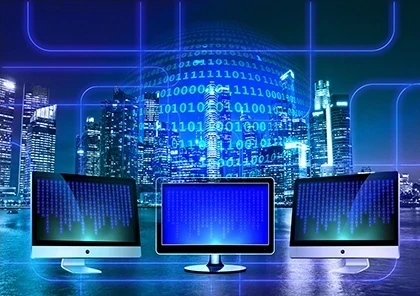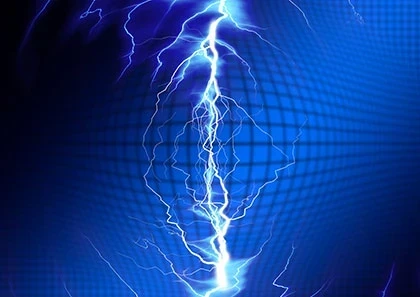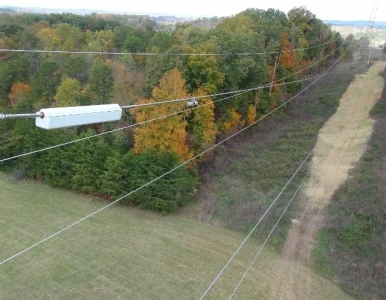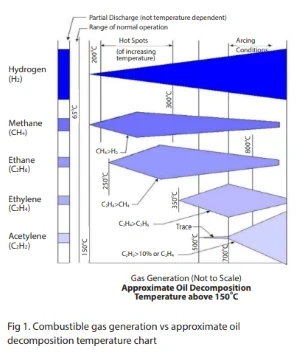Dielectric Fluids
Hydrogen Monitoring in the Transformer Headspace Compared to Traditional In-Oil Monitoring
New Line of Transformer Oil Exclusively for Canada
Dielectric Fluids

Advancements in Dissolved Gas Analysis: Risk Assessment
In general, the purpose of periodic screening with DGA for power transformers is risk assessment. Is any transformer likely to fail in service? If so, how severe is the problem? Previous articles in this series have described ways to improve DGA interpretation. In this article we provide a glimpse of what modern statistics can say about risk assessment, after the previous steps are performed.
Conventional practice with IEEE or IEC guidelines is to compare gas...
Related Articles

New Line of Transformer Oil Exclusively for Canada
This summer, Aevitas Inc. announced a partnership with Calumet Specialty Products Partners, L.P. to bring improved access to premier transformer oil products across Canada. Aevitas will exclusively distribute Calumet’s new line of Caltran™ insulating oil — Caltran C50 — in...

The importance of risk assessment and the role of Reliability-based DGA
By Chuck Hoeppner, Delta-X Research It’s often said that you can’t manage what you can’t measure. But how does one manage risk in the mission-critical, 24x7 world of energy utilities? It’s a challenging undertaking, anticipating future demands and ensuring the reliability...

The End of the Road for Transmission Incentives
In a significant shift, the Federal Energy Regulatory Commission (FERC) has decided to abandon its transmission incentives policy, particularly the construction work in progress (CWIP) incentives. This decision marks a pivotal change in how transmission projects are financed and regulated,...

Distribution Transformer DGA – The Future of Monitoring Distribution Systems
By Leon White and Traci Hopkins, H2scan Corporation As distributed generation, electric vehicle load, and requirements for increased electricity reliability provide real-world challenges for electric utilities, asset managers must innovate to ensure their infrastructure is in good condition to...

FERC Complaint Targets Duke, PJM Transmission Planning
A coalition of large energy consumers and ratepayer advocates has filed a complaint with the Federal Energy Regulatory Commission (FERC), urging the agency to prohibit transmission owners from independently planning "local" transmission projects exceeding 100 kilovolts (kV). The coalition argues...

RWE Expands Its Footprint with 450 MW of Battery Energy Storage in Texas
In a significant move for the renewable energy landscape, RWE, a leading global energy company, has announced the addition of 450 megawatts (MW) of battery energy storage capacity in Texas. This expansion underscores the growing importance of energy storage solutions in enhancing grid reliability...

Digital Twins for Substations: Bridging the Physical and Digital Worlds
In the rapidly evolving landscape of power grid management, digital twin technology is emerging as a game-changer for substations. By creating virtual replicas of physical assets, digital twins bridge the gap between the physical and digital worlds, enabling enhanced operational efficiency and...

The End of the Road for Transmission Incentives
In a significant shift, the Federal Energy Regulatory Commission (FERC) has decided to abandon its transmission incentives policy, particularly the construction work in progress (CWIP) incentives. This decision marks a pivotal change in how transmission projects are financed and regulated,...

Hydrogen Monitoring in the Transformer Headspace Compared to Traditional In Oil Monitoring
The utilization of online dissolved gas analysis monitoring has proven to be one of the most effective predictors of overall transformer health and condition. A wide range of monitoring systems are available, offering multiple costs, features, and benefit combinations. Hydrogen MonitoringSingle or...

Dielectric Voltage Testing – Standard Methods
There are two standard methods from ASTM International: D877, Standard Test Method for Dielectric Breakdown Voltage of Insulating Liquids Using Disk Electrodes, and D1816, Standard Test Method for Dielectric Breakdown Voltage of Insulating Oils of Petroleum Origin Using VDE Electrodes. VDE stands...
